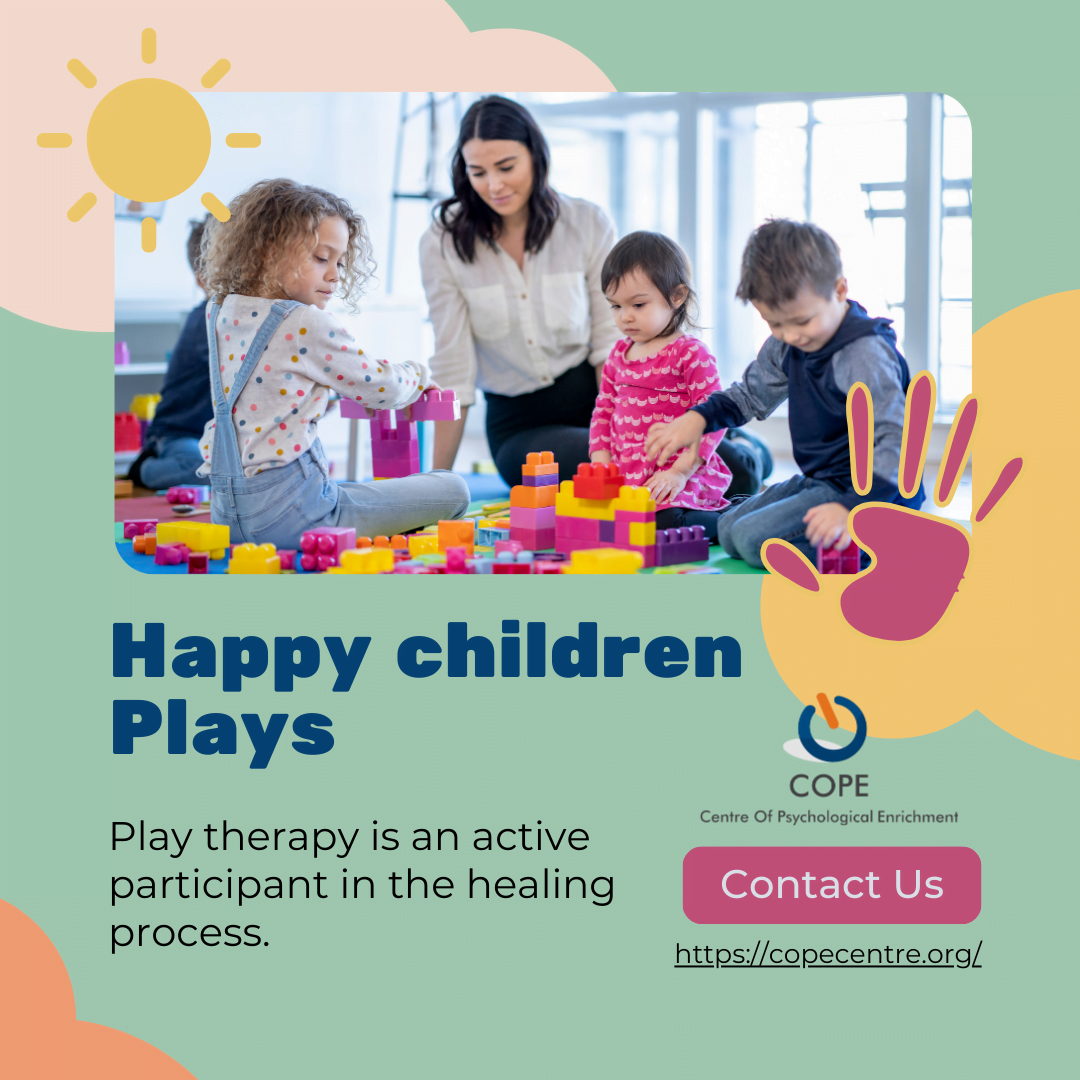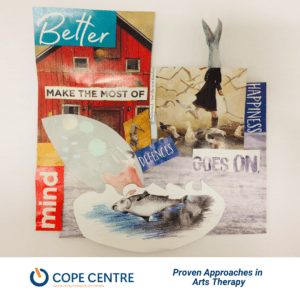From Silence to Expression: A Play Therapy Success Story with Mia
In the realm of play therapy, each child’s journey is a unique narrative of healing and growth. This case study delves into the hypothetical progress of Mia, a six-year-old grappling with the aftermath of a traumatic event. Through the gentle guidance of play therapy, Mia’s transformative journey unfolds, demonstrating the profound impact of non-directive approaches in fostering emotional well-being.
Background
Mia was referred to play therapy following the sudden loss of a family member. Her parents noticed a marked change in Mia’s behaviour – she became withdrawn, avoided social interactions, and displayed signs of anxiety. Mia’s parents, concerned about her well-being, sought the support of a play therapist to help their daughter navigate the complexities of grief and loss.

Initial Sessions: Creating a Safe Haven
In the initial sessions, Mia exhibited signs of profound grief and an inability to verbalize her emotions. The play therapist recognized the importance of establishing a secure and nurturing environment to encourage Mia’s self-expression. Mia was introduced to a variety of therapeutic toys, including dolls, art supplies, and a sand tray. The therapist allowed Mia to lead the way, observing her choices and interactions with the materials.
Midpoint Progress: Symbolic Expression and Emotional Release
As Mia became more comfortable in the play therapy setting, symbolic expressions of her grief began to surface. She frequently engaged with a dollhouse, creating scenarios that mirrored her family dynamics. Through these miniature enactments, Mia communicated her feelings of loss, isolation, and a longing for connection. The therapist, maintaining a non-directive stance, offered reflections and empathetic responses, reinforcing the therapeutic alliance.
To facilitate further emotional release, the therapist introduced a feelings wheel, allowing Mia to point to the emotions she was experiencing during each session. This non-verbal communication tool became a bridge for Mia to express the complex and overwhelming emotions tied to her grief.
Breakthrough Moments: Finding Resilience through Play
As the therapeutic relationship deepened, Mia began to explore themes of resilience and rebuilding in her play. During art sessions, she gravitated towards vibrant colours and started creating images of flowers. These artistic expressions served as metaphors for her journey through grief and the gradual emergence of hope and healing.

One notable breakthrough occurred when Mia introduced a superhero action figure into her play. The therapist, attuned to the symbolic significance, explored Mia’s connection to the superhero. Mia shared that the superhero represented her powers. This marked a turning point as Mia started embracing the concept of resilience and personal agency in navigating her grief.
Conclusion: Healing through Play
The case of Mia illustrates the transformative power of non-directive play therapy in helping a child navigate the intricate terrain of grief. Through creative expression and symbolic play, Mia found a voice for her emotions and embarked on a journey of healing. The therapist’s non-directive approach allowed Mia to navigate her grief at her own pace, fostering resilience and providing a foundation for future emotional well-being. Mia’s story serves as a testament to the potency of play therapy in facilitating the expression and processing of complex emotions in children.
Follow us here Facebook






